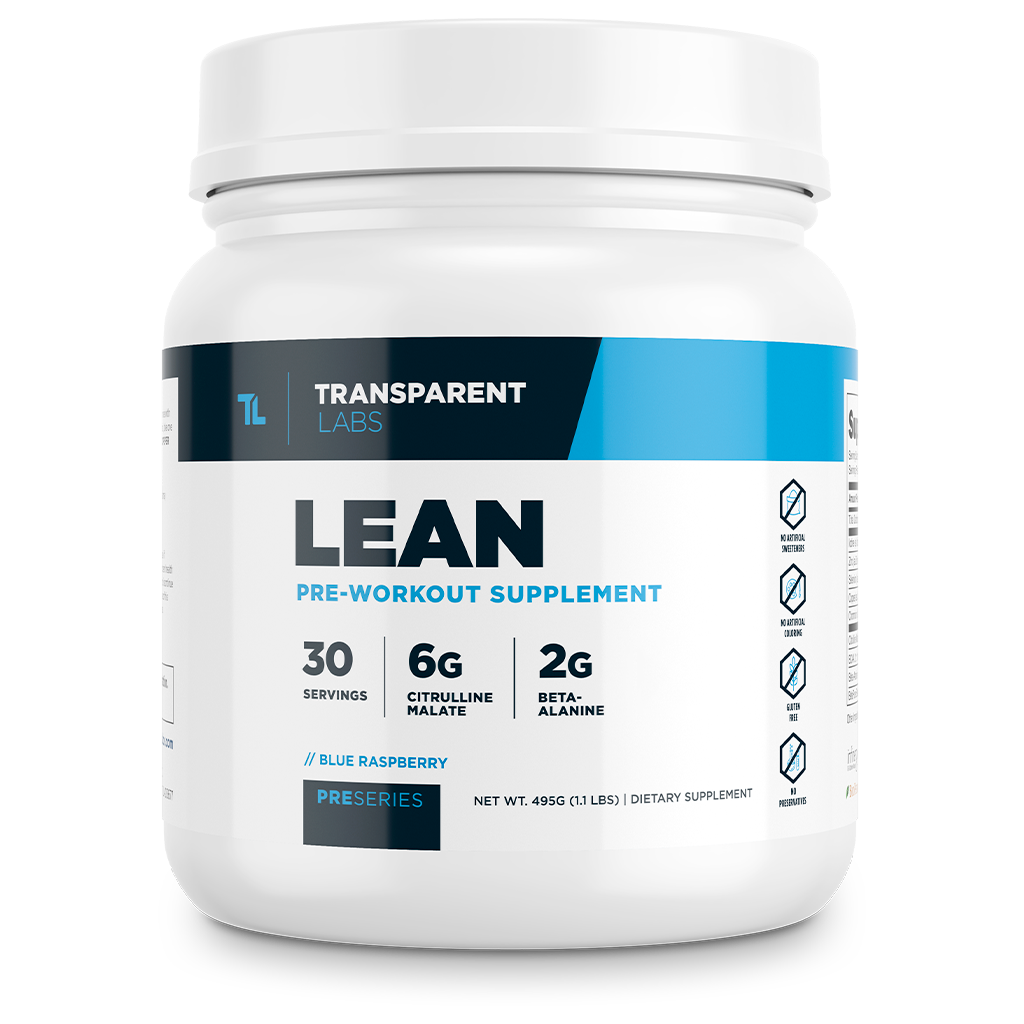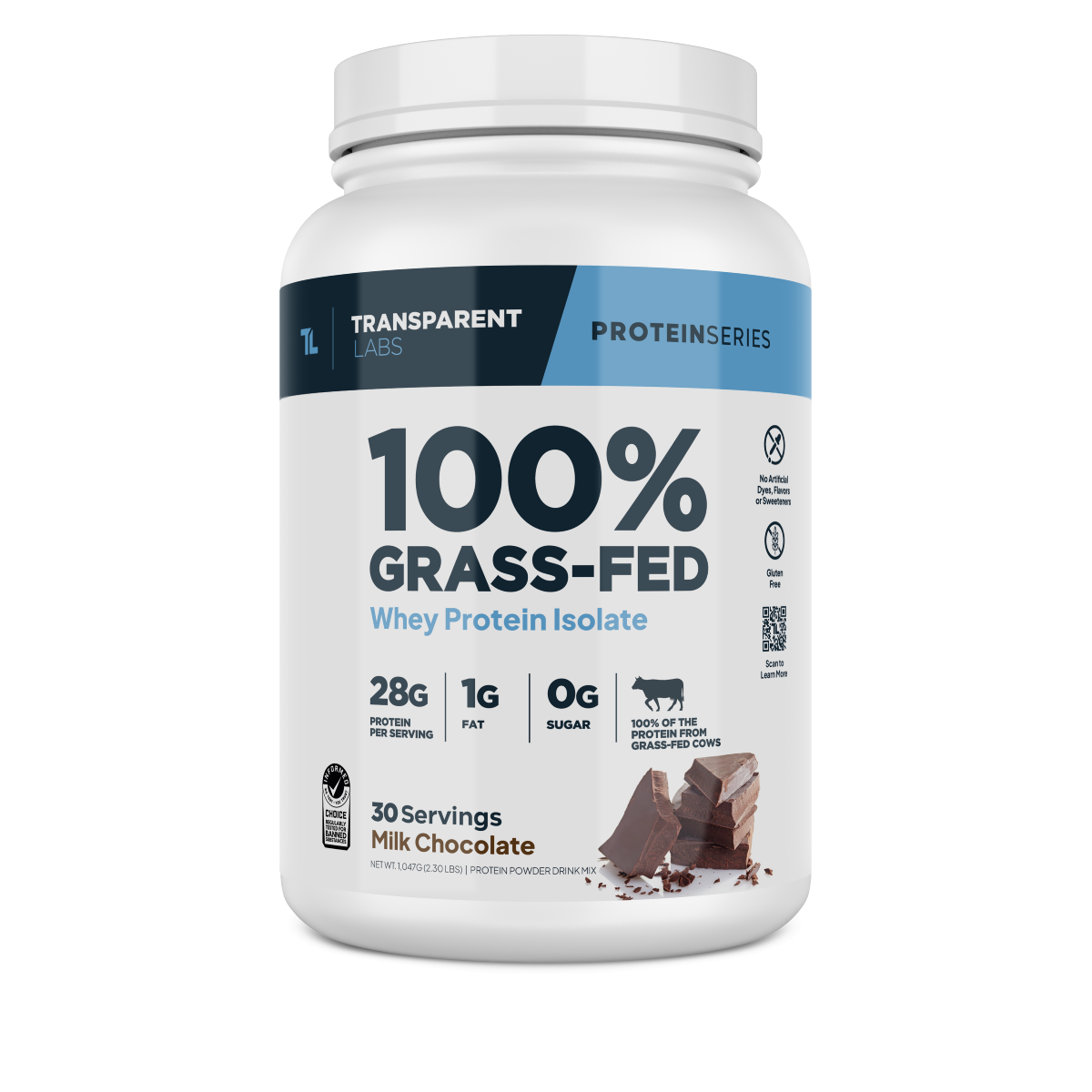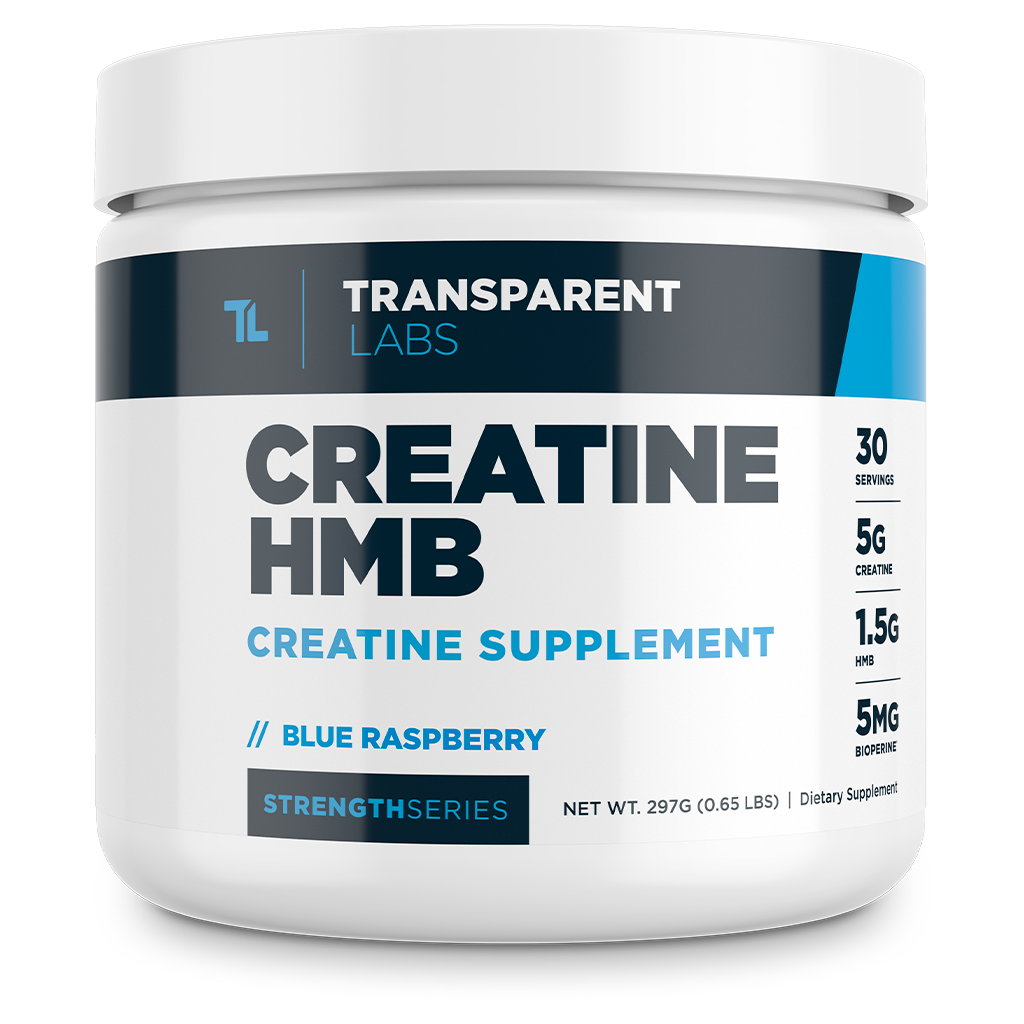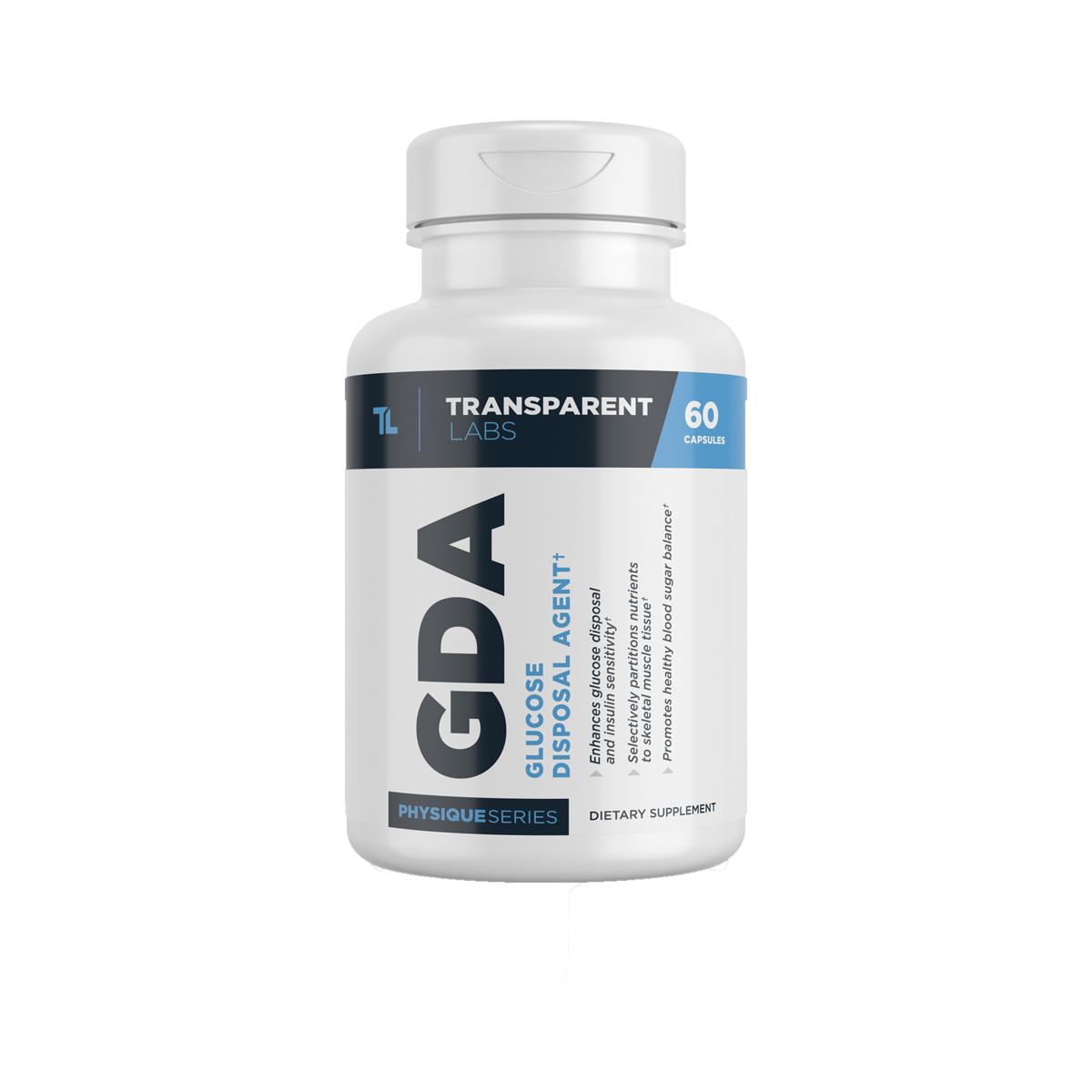Oxidative Stress and Inflammation: Misunderstood Health Concepts

Oxidative Stress and Inflammation: What Do They Really Mean?
Oxidative stress and inflammation are putative causes of chronic diseases, especially "new-age" conditions like inflammatory bowel disease (IBD), cardiovascular disease, type-2 diabetes, Alzheimer's disease, and various forms of cancer [1]. While they are problematic if left unmitigated, "oxidative stress" and "chronic inflammation" seem to be buzzwords many health and fitness brands use (very) indiscriminately to captivate consumers' attention. Then, they turn around and sell a proprietary "antioxidant superfood" with anti-inflammatory effects.
The lingo is catchy, no doubt, but it's misleading. Many of the presumed wholly "bad" free radicals and reactive oxygen species we hear so much about are biologically essential and beneficial under normal conditions [2].
For example, the nitric oxide free radical is a reactive nitrogen species produced endogenously from L-arginine and nitric oxide synthase. It's well-known that nitric oxide is a vital signaling molecule and vasodilator of blood vessels (which is also why L-citrulline supplements are highly popular nowadays).
But what is oxidative stress? How does it differ from the inflammatory process? What can we do to quench free radicals and reactive oxygen species that accumulate in the body? Is it as simple as taking antioxidants like vitamin C and vitamin E that boost the immune system?
Well, not quite. This article will clear the air on these hot-button questions.
What Is Oxidative Stress?
Before we dive into what oxidative stress and inflammation are from a biochemistry standpoint, it's important to note that they are distinct biological processes. However, they are intertwined in many regards, particularly in the etiology of human diseases.
The most basic way to frame it is that inflammation always follows oxidative stress, but the inverse isn't necessarily true. More simply, inflammation is a response to oxidative stress.
So, what is oxidative stress, exactly? Well, it's a term that indicates a state in which cells are exposed to an excess of reactive oxygen/nitrogen species, which may or may not be free radicals. (A free radical is any chemical that contains one or more unpaired electrons). These reactive compounds can perturb normal cellular processes by stealing electrons from other biomolecules and throwing off redox homeostasis [3].

But the reactivity of these molecules isn't solely dependent on their "radical-ness" or lack thereof. For example, singlet oxygen (think: "oxygen with more energy") is a non-radical reactive oxygen species that forms from exposure to ultraviolet radiation. Singlet oxygen molecules readily react with lipids in the cell membrane to create lipid peroxides associated with cardiovascular diseases and cancer [4].
Contrast that with the earlier example of nitric oxide, which, unlike singlet oxygen, is an innocuous free radical beneficial under normal biological conditions. As such, it's improper to characterize all free radicals as "bad." But, in general, the more reactive an oxygen- or nitrogen-based chemical is, the more likely it will have pro-oxidant activity in the body.
That all probably sounded like a bunch of scientific mumbo jumbo, so the simplistic takeaway is that oxidative stress occurs when cells have an imbalance of antioxidants and pro-oxidants. Now, onto the basics of inflammation.
Inflammation 101: Why It's Not Intrinsically "Bad"
Inflammation is the immune system's innate response to invasive challenges and/or tissue damage. An invasive challenge may be anything from microbial infection, like pneumonia, to a foreign substance or object (e.g. a splinter under your skin). The resultant swelling from traumatic tissue damage, such as a broken bone, is a simple example of an inflammatory response.
We tend to view this response as being "bad" because of the uncomfortable symptoms, but the reality is it's a crucial component of the healing process. (In the interest of brevity, we won't go into detail about the hormones and other chemicals that mediate an inflammatory response.)
Inflammation usually protects us.

However, there are some instances when inflammation is not so good for us. Autoimmune disorders turn the tables by redirecting inflammatory mediators to attack healthy cells. Hence, autoimmune conditions like rheumatoid arthritis, multiple sclerosis, and inflammatory bowel disease (e.g. Crohn's disease and ulcerative colitis) can be highly debilitating and last a lifetime in some circumstances.
But even then, inflammation itself isn't the "bad guy," per se; it's more so the body failing to discriminate between healthy and damaged tissue.
Latent Causes of Oxidative Damage and Chronic Inflammation
Probable culprits of chronic oxidative stress, and thus lasting inflammation, are of human origin and right under our noses (quite literally). Notably, environmental toxins found in dust particles we breathe at home, plastic food/beverage containers, and public water supplies have consistently been tied to systemic health conditions [5]. Noxious chemicals from these sources may accumulate in body tissues over time, eventually reaching a point where toxic effects become palpable, if not irreversible.
Over time, such compounds can instigate a vicious cycle of oxidative damage and consequent inflammatory responses that attacks healthy cells (much like an autoimmune condition) [6]. Or worse yet, some chemicals like plastic phthalates target cell receptors directly, thereby contributing to reproductive toxicity and cancer development [7, 8].
Other latent causes of oxidative damage may include ultraviolet radiation, beauty and personal care products, and a diet rich in seafood (9, 10, 11).
So, how can we combat oxidative stress and chronic inflammation?
Nutrition and Exercise: Health Benefits Beyond the Surface

Thankfully, there are many practical ways to manage chronic inflammation with lifestyle adjustments, proper nutrition, certain dietary supplements, and medication.
Here's a handy list of lifestyle changes that can help control risk factors of chronic inflammation and oxidative stress:
- Eat more berries: Berries are Mother Nature’s most plentiful antioxidant foods, especially goji, acai, elderberry, cranberry, and wild blueberry. They are also relatively low in sugar compared to other fruits.
- Aim for a half-cup (113 grams) of fresh berries per day.
- Don’t skimp on veggies: Consuming ample vegetables, notably leafy and cruciferous varieties like broccoli, kale, and spinach, is one of the most crucial aspects of any anti-inflammatory diet since they are the best sources of micronutrients like vitamin C and quercetin.
- As a guideline, consume at least five 100-gram servings of veggies per day, if not more. You can also supplement with Transparent Labs Prebiotic Greens powder to help get more of these antioxidant-rich foods in your diet!
- Use more glass and stainless steel containers instead of plastic: Reducing your reliance on plastic containers or bags for cooking/storing food/liquids will help not only the environment but your health and wellness.Instead, opt for glass, paper, and stainless steel to reduce exposure to plastic byproducts whenever possible.
- We realize that plastic is unavoidable in many cases. In such instances, don't expose a food container or utensil to high heat — as in the microwave — or run it through the dishwasher; doing so can magnify chemical migration into your food [12].
- Invest in a water filter or find a mineral water spring: This will reduce your consumption of heavy metals, like lead and arsenic, that commonly pollute public water supplies.
- Limit your intake of foods with excess added sugars: Eating too much sugar, specifically processed food and liquids with large amounts of added sugar, is well-known to increase oxidative stress and the risk of diabetes, metabolic dysfunction, and heart disease [13].
- Try to get most of your sugar from natural sources (e.g. honey and fruit) instead of candy, soda, syrups, etc.
Following the tips above will set the foundation for your immune system and provide cells with ample antioxidant capacity.
Should You Take Antioxidant and Anti-Inflammatory Supplements?
While you don't need antioxidant or anti-inflammatory supplements, there are some promising applications of specific micronutrients you might not obtain in your diet. For example, curcumin — a principal constituent of turmeric — is now a common adjunct in treating arthritis and chronic joint pain due to encouraging success in clinical trials [14]. Hence, it was a no-brainer to include Curcumin C3 Complex in Transparent Labs Joint Support.
But overall, eating a diet rich in antioxidants and making healthier food choices is a prudent, if not obvious, way to support the immune system and fend off oxidative damage. You don't need to switch to a full-blown vegan diet plan, but consuming more plant-based foods — especially vegetables and fruits — is one of the best ways to boost antioxidant activity and lower your risk of disease.





